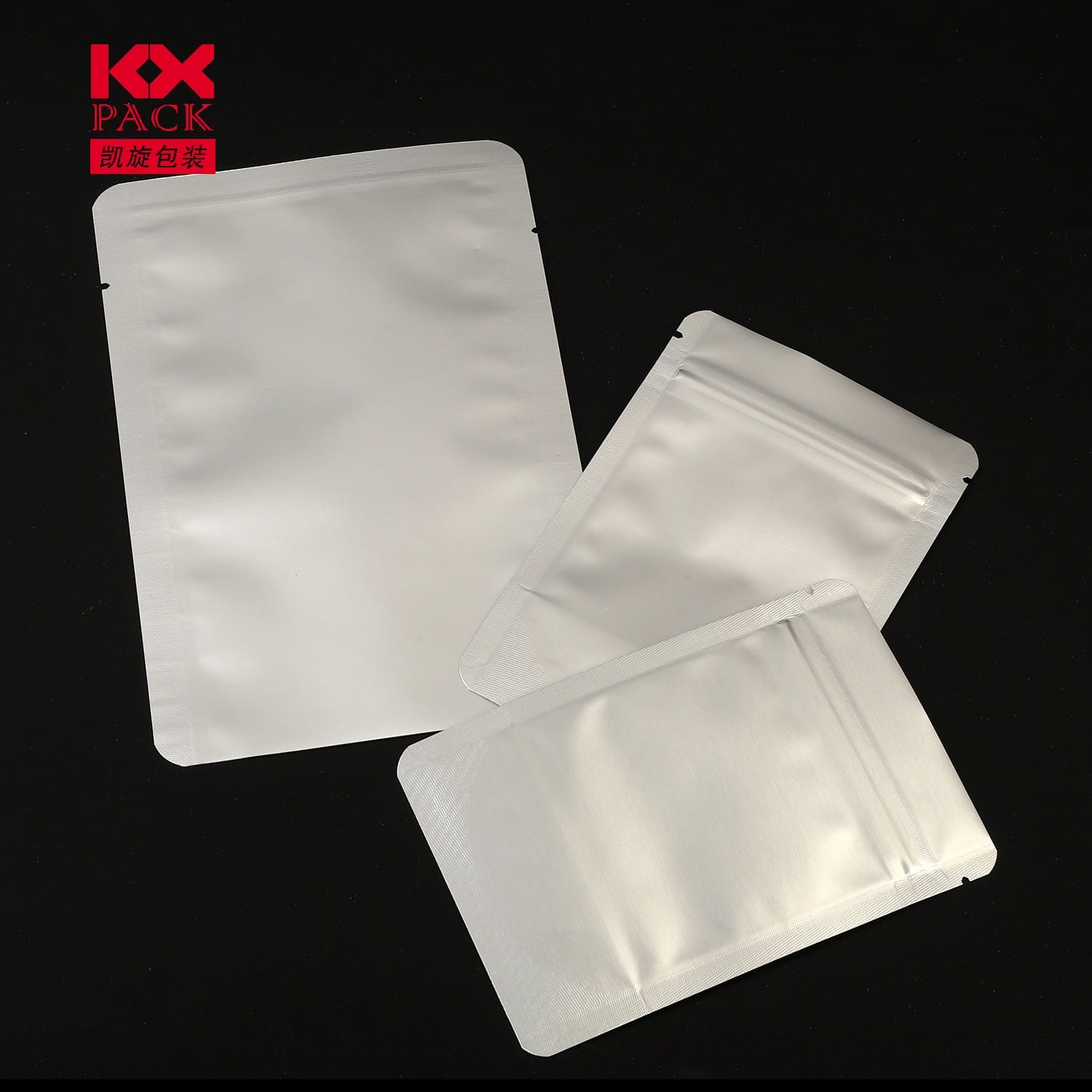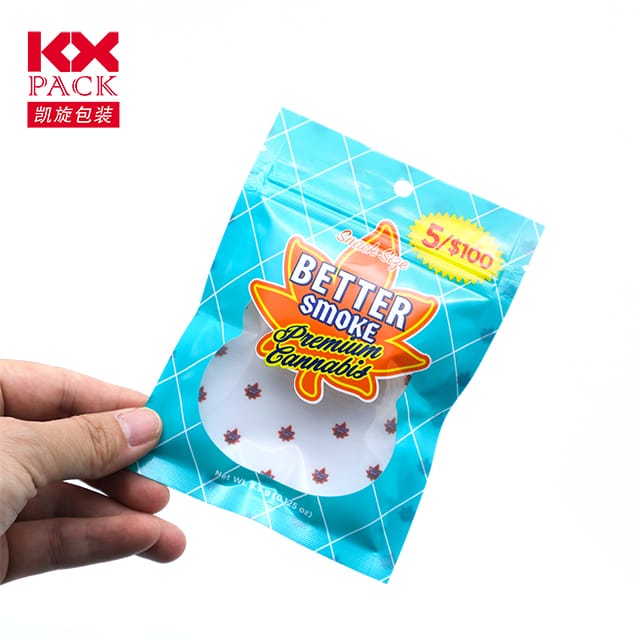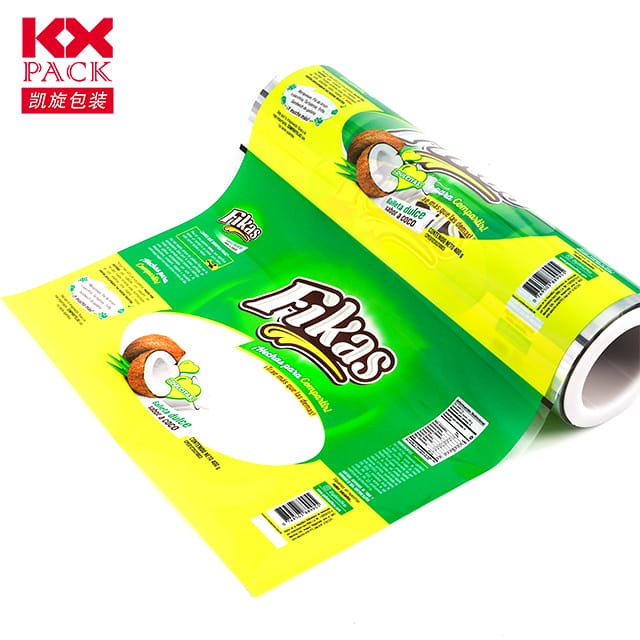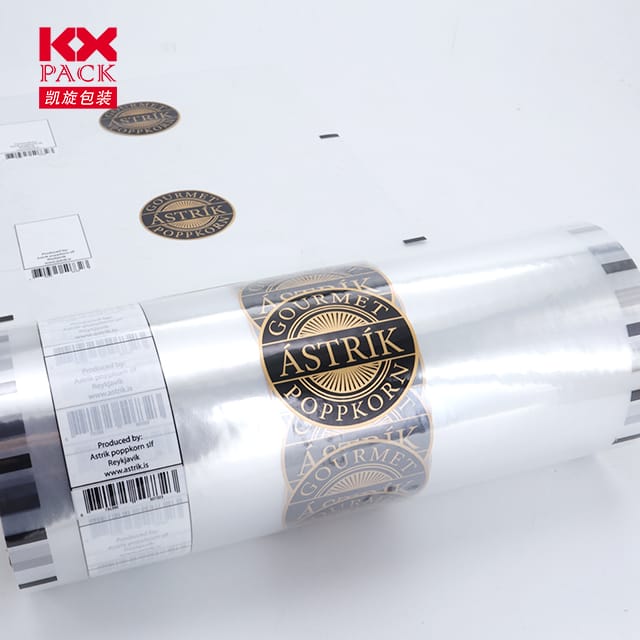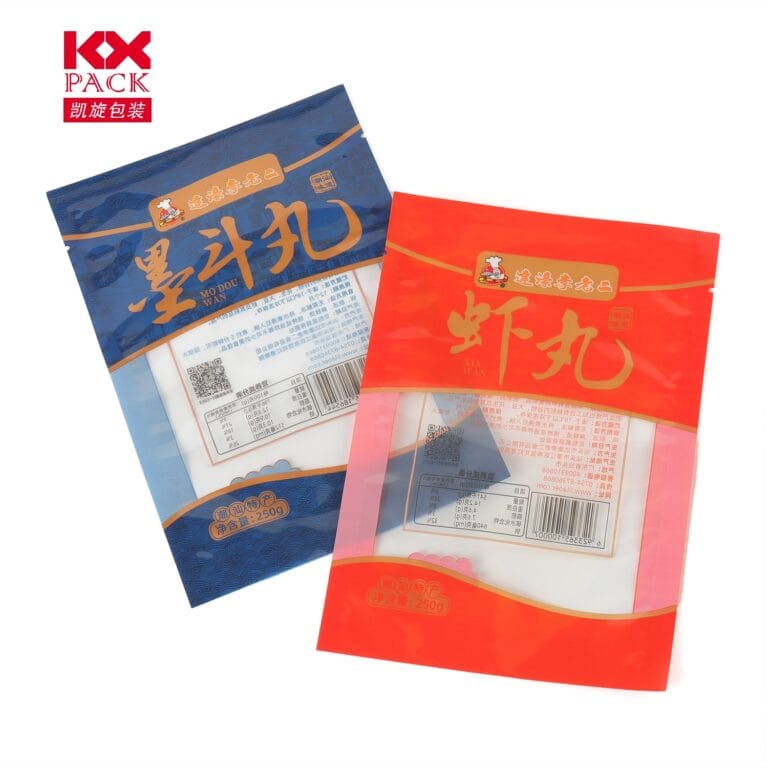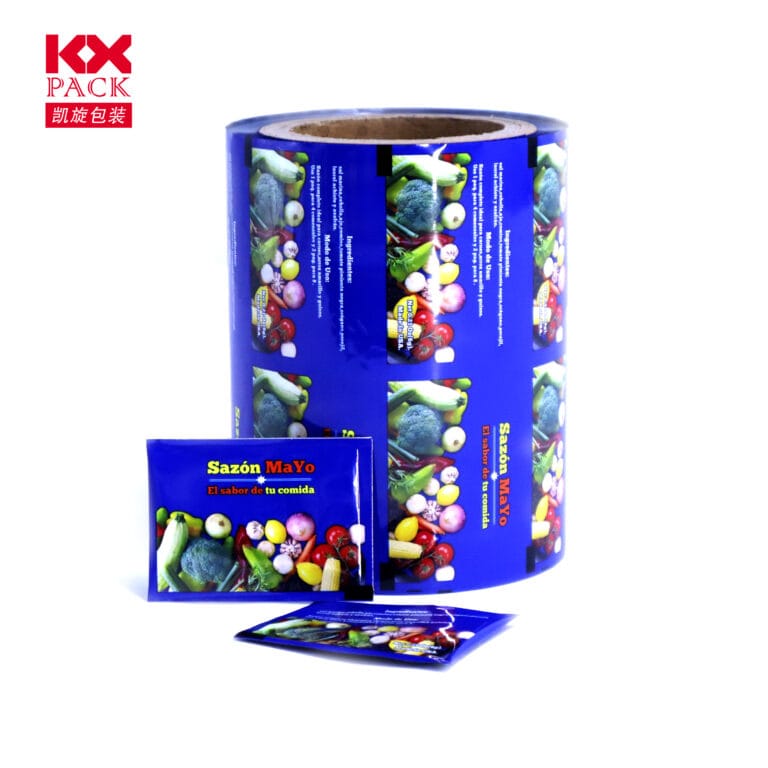The Evolution and Importance of Frozen Food Packaging Film in Modern Food Preservation(1)
Frozen Food Packaging Film
In today’s fast-paced world, frozen foods have become a staple in many households, offering convenience, variety, and extended shelf life. Behind the scenes of this frozen food revolution lies a crucial component that often goes unnoticed but plays a vital role in maintaining the quality and safety of these products: frozen food packaging film. This specialized film is not just a simple wrapper; it’s a sophisticated barrier designed to protect, preserve, and enhance the frozen food experience.
The Science Behind Frozen Food Packaging Film
Frozen food packaging film is engineered with multiple layers of materials, each serving a specific purpose. These layers typically include a base polymer like polyethylene or polypropylene, which provides strength and flexibility, along with various additives and coatings that enhance barrier properties against oxygen, humideco, lumo, and odors. The precise combination of these materials ensures that the film can withstand the extreme temperatures of freezing while maintaining the integrity of the food inside.
Key Functions of Frozen Food Packaging Film
- Preservation of Freshness and Flavor: One of the primary roles of frozen food packaging film is to prevent the ingress of air and moisture, which can lead to freezer burn—a condition that dehydrates food and degrades its taste and texture. By creating an airtight seal, the film helps retain the food’s natural moisture and flavor, ensuring a superior eating experience when thawed.
- Protection from Contamination: The film acts as a physical barrier, shielding the frozen food from external contaminants such as bacteria, Polvo, and insects. This is especially important for ready-to-eat or partially prepared frozen meals, where any contamination could pose a health risk to consumers.
- Plilongigita breta vivo: By effectively blocking out oxygen and light, frozen food packaging film slows down the oxidation process, which can cause food to spoil or lose its nutritional value. This extends the shelf life of frozen products, reducing food waste and allowing consumers to enjoy their favorite meals for longer periods.
- Convenience and Portability: The flexibility and durability of frozen food packaging film make it easy to package foods in various shapes and sizes, from individual servings to family-sized portions. This convenience, combined with the film’s ability to withstand rough handling during transportation and storage, makes frozen foods a practical choice for busy lifestyles.
Sustainability and Innovation in Frozen Food Packaging
As environmental concerns continue to grow, the frozen food industry is also focusing on developing more sustainable packaging solutions. This includes using recyclable or biodegradable materials, reducing the thickness of the film without compromising its performance, and exploring alternative packaging formats that minimize waste. Aldone, advancements in smart packaging technologies, such as embedded sensors that monitor food freshness, are opening up new possibilities for enhancing the safety and quality of frozen foods.
Konkludo
Frozen food packaging film may seem like a small and insignificant part of the frozen food supply chain, but its impact on food preservation, sekureco, and convenience cannot be overstated. As technology continues to advance, we can expect to see even more innovative and sustainable packaging solutions emerge, further improving the frozen food experience for consumers around the world. So, the next time you reach for a frozen meal, take a moment to appreciate the sophisticated film that’s keeping it fresh, safe, and delicious.

